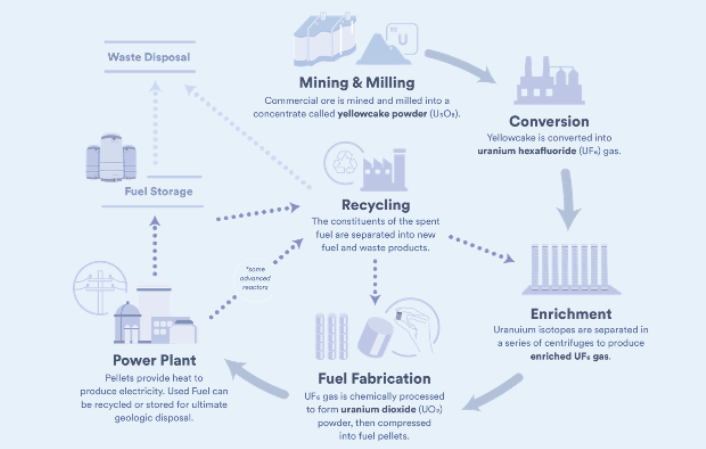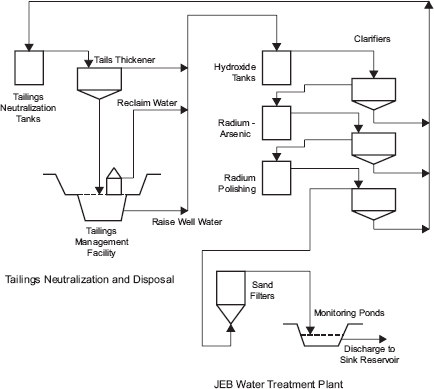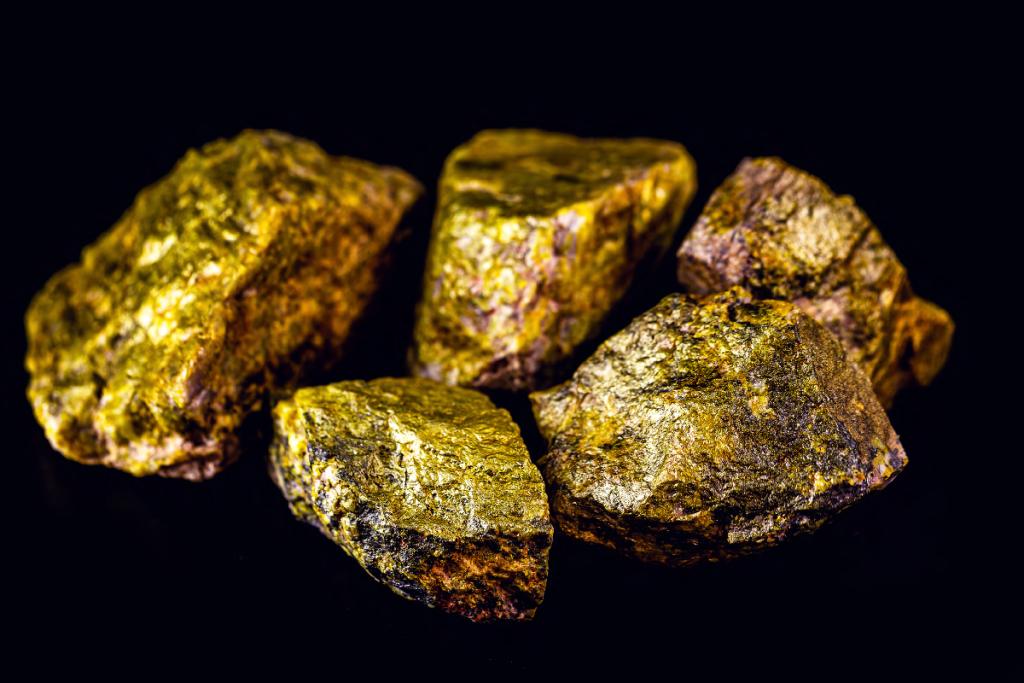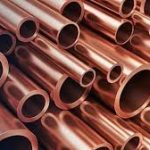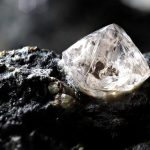Exploring The Abundance Of Copper Ore Bodies
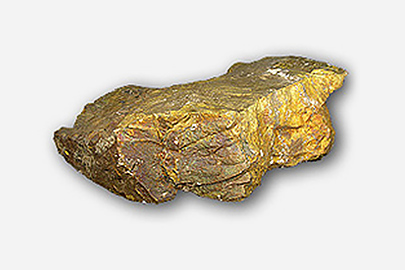
Copper ore bodies serve as the geological storage which fuel the worldwide copper industry, supplying significant resources for several different purposes.
This article @Zik Natural Resources, will explore the complex nature of copper ore bodies, including their geological processes, classification, and mineralogical composition in the mining industry.
We will acquire useful knowledge about the ever-evolving of copper exploration and mining, which will facilitate the establishment, for efficient resource utilisation and responsible management of the natural resources of the globe.
The Formation Of copper ore bodies Through Geological Processes
Geological processes are essential in the formation of copper ore bodies, with many factors contributing to their formation.
- Magmatic Deposition : refers to the process in which minerals rich in copper, undergoes crystallisation through cooling magma in the outermost layer of the Earth’s crust. This results in the concentration of copper and related minerals in certain areas. Copper minerals, such as chalcopyrite and bornite, are frequently found combined with intrusive igneous rocks, such as granite and diorite, which are formed through magmatic processes.
- Hydrothermal deposition: refers to the movement of hot fluids containing minerals, via cracks and open areas in the outermost layer of the Earth. These fluids are commonly sourced, from magma chambers or hot groundwater and transport dissolved metals, such as copper.
- Sedimentary deposition: refers to the gradual concentration of minerals containing copper, around the layers of the sedimentary rock. During the process of sedimentation, copper minerals have the potential, to accumulate in a particular depositional settings, such as rivers. The chemical processes and mineral transformations that occur in sedimentary environments, can enhance the concentration of copper minerals, resulting in the production of economically valuable ore deposits.
Subscribe to www.zikresources.com for more valuable content
Different Classification Of Copper Ore Bodies
Copper ore bodies have diverse morphologies and occur in different geological applications, each displaying unique attributes and origins.
- Porphyry Copper Deposits are globally recognised, as one of the largest and most economically valuable sources of copper. These deposits usually develop in connection, with magmatic intrusions, such as granodiorite or quartz monzonite, beneath the Earth’s crust. Porphyry deposits have dispersed copper mineralization that occurs within an extensive hydrothermally altered zone encompassing the intrusive rock.
- Sediment-Hosted Copper Deposits: are significant copper ore bodies that are commonly located in sedimentary rocks. Copper minerals are deposited and concentrated in specific sedimentary settings, such as marine basins or continental rifts, leading to the formation of these deposits. Copper minerals frequently precipitate from metal-rich fluids, that flow through porous and permeable sedimentary rocks, leading to the creation of ore body deposits.
- Volcanic-Hosted Massive Sulphide (VHMS) Deposits: deposits are identified by the presence of large amounts of sulphide ore bodies that are connected to underwater volcanic activity. These deposits are created in volcanic settings when hydrothermal fluids, which contain high concentrations of metals, are released from beneath the seafloor through cracks and openings.
Subscribe to www.zikresources.com for educative and interesting content
Analysing The Mineralogical Composition Of Copper Ore Bodies
The mineralogical composition of copper ore bodies is determined upon the geological context and formation processes.
- Chalcopyrite, also known as (CuFeS2), is the predominant copper mineral and is characterised by, its elevated copper concentration. It is commonly linked to sulphide ore deposits and serves as a major contributor to global copper output.
- Bornite (Cu5FeS4) is a copper iron sulphide mineral that frequently coexists with chalcopyrite. Due to its Uniqueness, it is commonly referred to as “peacock ore.”
- Chalcocite (Cu2S) is a copper mineral that is created as a result of the transformation of primary sulphide minerals such as chalcopyrite. It frequently appears as a substitute mineral in the oxidised areas of copper deposits.
In conclusion, copper ore bodies serve as the valuable geological resources, that drive the worldwide copper industry.
The formation of copper ore bodies is evidence of the complex interaction, of geological processes that have taken place over thousands of years.
As we continue into the process of copper ore formation, we gain vital knowledge about exploration activities and that ensures the long-term sustainability of the global copper supply chain.
For more valuable information contact www.zikresources.com


